Important Point
Types of Measuring Instruments:
With the need to create quality products that meet design tolerances, a large number of firms use measuring instruments with high accuracy and precision. The specialized branch of science dealing with such instruments is known as metrology.
#1. Linear Measurement
1.1. Non-Precision Equipment:
Steel Rule:-
It is also known as scale. It is a line measuring device. It is the simplest & most common measuring instrument used in inspection. The scale can be 150 mm, 300 mm, 600 mm, or 1000 mm long.
Calipers:-
Calipers are instruments used to measures the distance between two opposite faces of an object. The tip of the caliper is adjusted to fit the points being measured; then, the caliper is removed and read by measuring the distance between the tips with a measuring instrument, such as a ruler.
Different types of calipers are outside caliper, inside the caliper, spring caliper, transfer caliper, hermaphrodite caliper.
Dividers:-
It is used to measure, move or mark distances with two straight adjustable legs held together. It is mainly used in the machine shop for the precise transfer of dimensions from a measuring scale and for inscribing lines on surfaces.
Telescopic Gauge:-
A telescopic gauge is a measuring instrument with a spring-loaded plunger used to measure holes or inside holes with micrometres. The telescopic gauge is certainly preferable for measuring simple round holes because it has potentially greater levels of accuracy.
Depth Gauge:-
The depth gauges are used to measure the depth of a slot, holes, or any other surface of objects. It can be of a scales, dial, or digitals type.
1.2. Precision Instruments:-
Micrometer:-
It is also known as a micrometer screw gauge. The spindle of the micrometer is a very precise machined screw, & the object to be measured is placed between the spindle & the anvil. The spindle is rotated by turning the ratchet knob until the object to be measured is lightly touched by both the spindle & the anvil. The different types of micrometers are outer micrometer, inner micrometer, vernier micrometer, depth micrometer, pitch micrometer.
Vernier Caliper:-
Vernier caliper is primarily for measuring both inside and outside diameters. The measuring range of the caliper can be 0 to 25, 0 to 150, 0 to 200 mm, etc. If there is an error in the measuring instrument, then it is called zero error. And the correction done to eliminate the error is called zero correction.
Vernier Height Gauge:-
It is used to take accurate vertical measurements of various objects. They often have a scribbling tool as a measurement level, allowing the operator to repeatedly mark vertical distances on pieces of metal. Vernier height gauges and electronic height gauges are the two main types of instruments used to make accurate vertical measurements.
Slip Gauge:-
Slip gauges were firsts developed by Johnson & are sometimes referred to as ‘Johnson gauge blocks’. These are rectangular blocks of steel with a cross-section of approximately 32 mm x 9 mm. If two slip gauges are swung together under a certain pressure, they will stick to each other quite firmly due to molecular attraction and atmospheric pressure.
This process is known as wrinkling. This process is very useful for connecting multiple gauge blocks to produce a required shape.
Comparators:-
A comparator works on relative measurement, i.e. it gives only dimensional difference with respect to abasic dimensions. The comparator compares the unknown dimensions of a component with some standard or master setting that represents the original size and dimensional variations from the master.
The advantage of comparators is that their use does not require much skill on the part of the operator. Comparators are classified as mechanical, electrical, optical, & pneumatic.
Also, Read: What Is a Lathe Tool? | Types of Lathe Tools
#2. Angular Measurement
2.1. Non-Precision Instruments:
Protractor:-
Protractors are measuring instruments, usually made of transparent plastic or glass, for measuring angles. Some protractors are simple half-discs, such as a bevel protractor with one or two swinging arms that can be used to help measure angles.
Adjustable Bevel:-
A sliding T bevel, also known as a bevel gauge or false square, is an adjustable gauge for setting and moving angles. The bevel can be used to mimic an existing angle or can be set to the desired angle using it with any other measuring tool such as a protractor.
Try Square:-
An engineer’s square is a tool used for working in metal to check whether a workpiece is square or not. It can also be used to helps draw or write a line at 90 degrees to the edge of a workpiece.
Combination Square Set:-
It is a tool used for many purposes in woodworking and metalworking. It consists of a blade and a moving head called a square head, a protractor, and a center head. The most common heads are standard or squares head used for laying or checking right angles and 45° angles.
2.2. Precision Instruments:
Bevel Protractor:-
It is used for setting and testing angles very close. It reads up to 5 minutes or 1/20 degree and can be fully used through 360 degrees.
Sine Bar:-
A sine bar consists of a rigid, precision ground body with two precision ground cylinders at the ends. When the sign bar is placed on a flat surface, the top edge shall be parallel to that surface.
If a roller is raised by an unknown distance, the top edge of the bar will be tilted by the same amount of angle, perhaps calculated by the application of the sine bar.
Angle Gauges:-
These are wedge-shaped steel blocks, and their working faces are finished like slip gauges, enabling them to slide together in combinations. A complete set of twelve pieces is divided into three chains. 1, 3, 9, 27 & 41 degrees; 1, 3, 9 & 27 minutes; 0.1, 0.3 and 0.5 min.
Spirit level:-
Spirit level, a bubble level, is designed to indicate whether the surface is horizontal or not. The spirit level had very few curved glass vials with a constant inner diameter at each viewing point.
These vials are incompletely filled with liquid ethanol- because alcohol has a low viscosity and surface tension that allows bubbles to travel down the tube quickly. A colorant such as a fluorescein, usually yellow or green, is added to increase visibility.
Clinometer:-
Clinometers are an instrument for measuring the slope, elevation, or angles of depression of an object with respect to gravity. It is also called tilt meter, slope alert, gradient meter, declinometer, pitch, and roll indicator.
The clinometer measured both the positive incline slope and the negative fall slope using three different green units, i.e. degree, percentage, and topo.
Also, Read: What Is Lathe Chuck? | Lathe Chuck Types | Different of Lathe Chucks
#3. Taper Measurement
The taper angle is measured by bevel protractor, toolroom microscope, autocollimator, sine bar, rollers, slip gauge, and micrometer. The taper micrometer itself has the sine bar principle and gives the true value of the taper of small angles.
Large tapers can be obtained directly from micrometer readings. This makes it possible to test both internal and external taper up to ten times faster than older traditional methods and does not require a sine bar or more elaborate equipment.
Also, Read: What Is Dimensioning and Its Types? | What Is Meant by Dimensioning? | Dimensioning | Types of Dimensioning
#4. Surface measurement
4.1. Straight Edge:
It is used to tests the straightness & flatness of flat surfaces. The simple shape is rectangular, but for precision work, one edge is beveled or made as to the edge of a thin knife. The narrow edge is the working surface, and the wide edge serves as the base when not in use.
Flatness is checked by an alight test. The narrow edge is applied to the surfaces to be tested & held horizontally at eye level, looking for light between the straight edge and the surface.
4.2. Surface Gauge:
It is extensively used in laying the parts which are to be fitted or machined. It is used to test the equality of functions. If the scriber is replaced with a dial indicator, it becomes a precision instrument.
The tools have V-shaped grooves at the bottoms of the base to rest the block on a round bar to set dimensions from the bar to another part of the work.
4.3. Optical Flat:
Optical flats are optical grade pieces of glass and are polished to be extremely flats on one or sides both, usually within a few tens of nanometers. They are used to determine the flatness of other surfaces with a single wavelength of monochromatic light.
When an optical flat is placed on another’s surface & illuminated, the light waves are reflected off the flat’s lower surface and onto the surface on which it is resting. The reflected waves interfere, creating patterns of interferences fringes visible as light & dark bands.
Flats surface is represented by a pattern of straight, parallel fringes with equal spacing, while other patterns indicate uneven surfaces. Typically, only one of the two surfaces of an optical flat is made flat to a specified tolerance, & this surface is indicated by an arrow on the edges of the glass.
Different Types of Measuring Instruments PDF: Click Here
Frequently Asked Questions (FAQ)
Measuring Instruments
A measuring instrument is a device to measure a physical quantity. In the physical sciences, quality assurance, and engineering, measurement is the activity of obtaining and comparing physical quantities of real-world objects and events.
Different Types of Measuring Tools
- Angle locator.
- Bubble inclinometer.
- Caliper.
- Compass.
- Digital angle gauge.
- Level.
- Laser level.
- Micrometer.
Types of Measuring
Following are the types of measuring tools used for all purposes:
- Angle locator.
- Bubble inclinometer.
- Caliper.
- Compass.
- Digital angle gauge.
- Level.
- Laser level.
- Micrometer.
Metrology Instruments
Metrology Tools (Measuring Tools, Instruments, and Equipment)
- Caliper (Digital, Vernier, Dial, etc.)
- Micrometer. Depth Gauge.
- Dial Indicator & Dial Test Indicator.
- Height Gauge.
- Planer Gages & Adjustable Parallels.
Angular Measuring Instruments
Bevel Protractor is an angular measuring instrument capable of measuring angles to within 5 min. Bevel Protractor consists of a base to which a vernier scale is fixed. A protractor dial is mounted on the circular section of the base. The protractor dial is marked in degrees with every tenth degree numbered.
Angular Measuring Devices
Sine bars and angle gauges fall in this category. In this unit, we will discuss both types of angular measuring devices and the techniques used in determining the angle. It includes divided scales like protractors and bevel gauges. The second category of angular measuring instruments is called face standard instruments.
Precise Measuring Instrument
Precision Measuring Tools and Gages: A Primer
- Micrometers: In the hands of a skilled operator, the precision micrometer is the most accurate hand-held tool available.
- Slide calipers are an essential precision measuring tool providing a large measurement range, flexibility, and accuracy up to 0.001″ (25.4 μm).
What Is Profilometer?
Delivering Innovative Precision Optical & Metrology Solutions. Speak To An Expert Today. Measure Any Surface With Zygo’s Optical Profilers. Precise & Quantitative Measurements.
What Does a Profilometer Do?
Profilometry is a technique used to extract topographical data from a surface. This can be a single point, a line scan, or even a full three-dimensional scan. The purpose of profilometry is to get surface morphology, step heights, and surface roughness. This can be done using a physical probe or by using light.
What Instrument Measures Radioactivity?
Geiger counters are commonly used to measure the amount of radioactivity, but there are other types of detectors that may be used.
What Does a Refractometer Measure?
The refractometer is a well-established instrument used for measuring the water content of liquids. It measures the refractive index of the liquid, which changes according to the moisture content.
Measuring Instrument
A measuring instrument is a device to measure a physical quantity. In the physical sciences, quality assurance, and engineering, measurement is the activity of obtaining and comparing physical quantities of real-world objects and events.
Measuring Equipment
The common types of measuring tools include speedometers, measuring tape, thermometers, compasses, digital angle gauges, levels, laser levels, macrometer, measuring squares, odometers, pressure gauges, protractors, rulers, angle locators, bubble inclinometers, and calipers.
Measuring Instruments List
Following are the types of measuring tools used for all purposes:
- Angle locator.
- Bubble inclinometer.
- Caliper.
- Compass.
- Digital angle gauge.
- Level.
- Laser level.
- Micrometer.
Mechanical Measuring Instruments
Mechanical Measuring Instruments
- Bore Gauges.
- Caliper Gauges.
- Deburring Tools.
- Dial Calipers.
- Dial Gauge.
- Dial Indicator Stands.
- Dial Indicators.
- Dial Thickness Gauges.
Different Measuring Tools
The common types of measuring tools include speedometers, measuring tape, thermometers, compasses, digital angle gauges, levels, laser levels, macrometer, measuring squares, odometers, pressure gauges, protractors, rulers, angle locators, bubble inclinometers, and calipers.
What Is Measuring Instrument?
Measuring tools for length include rulers, tape measures, and micrometer screw gauges, but the tool that is the most precise is the vernier caliper.
Types of Measuring Instruments in Mechanical
Mechanical Measuring Instruments
- Bore Gauges.
- Caliper Gauges.
- Deburring Tools.
- Dial Calipers.
- Dial Gauge.
- Dial Indicator Stands.
- Dial Indicators.
- Dial Thickness Gauges.
Types of Measurement Tools
Measurement Tools / Name Types of Measuring Tools are as follows.
- Vernier Calipers.
- Micrometers.
- Dial Gauges.
- Height Gauges.
- Depth Gauges.
- Inner Diameter Measuring Instruments.
- Gauges.
- Squares.
What Is Measuring Instruments in Mechanical?
The measuring instruments in mechanical engineering are dimensional control instruments used to measure the exact size of object. These are adjustable devices and can measure with an accuracy of 0.00 l mm or better. The gauges are fixed dimension instruments and are not graduated.
Different Types of Measuring Instruments
The common types of measuring tools include speedometers, measuring tape, thermometers, compasses, digital angle gauges, levels, laser levels, macrometer, measuring squares, odometers, pressure gauges, protractors, rulers, angle locators, bubble inclinometers, and calipers.
Engineering Measuring Tools
Engineering measuring tools are as follows.
- Angle Finders.
- Dial Calipers.
- Dial Indicators & Zero Setters.
- Digital Calipers.
- Distance Measuring Tools.
- Edge & Centre Finders.
- Feeler Gauges.
- Gage Blocks.
Instrument Used to Measure
Measuring tools for length include rulers, tape measures, and micrometer screw gauges, but the tool that is the most precise is the vernier caliper. Vernier calipers are a precision type tool with sliding jaws attached to a graduated beam.
Measure Instrument
A measuring instrument is a device to measure a physical quantity. In the physical sciences, quality assurance, and engineering, measurement is the activity of obtaining and comparing physical quantities of real-world objects and events. Established standard objects and events are used as units, and the process of measurement gives a number relating the item under study and the referenced unit of measurement.
10 Measuring Instruments and Their Uses
Here, the 10 measuring instruments and their uses are as follows.
- Roll Meter: The roll meter is one of the measuring instruments used to measure an object’s length. This tool was quite similar to a ruler that accepts rollers for longer measuring distances of up to 50 meters.
- Calipers: A caliper is known to be a commonly used tool for measuring the length, thickness, diameter, and depth of an object. The measurement accuracy is about 0.1 mm. A caliper’s purpose is to measure the glass with this instrument.
- Micrometer: A micrometer is an instrument that measures the diameter and thickness of an object. Usually, these are higher precision tools than calipers, with an accuracy of about 0.01 mm. Therefore, the micrometer is a type that has applications for measuring the diameter and the thickness of smaller objects such as coins.
- Elbow Ruler: An elbow ruler, also known as a ruler, is used to measure the length and ensure the right angle is equal to 90 degrees. An elbow ruler is an instrument that can only check the 90-degree angle, while there is a different form of the elbow ruler that has been equipped with an angle adjustment function so that it can be rotated to check the angle of the object.
- Angle Ruler: This instrument is most commonly used by school students to measure the angle of an object or use it to draw angles. Angle arcs are often used to solve math problems in children’s math classes.
- Scale: A scale is a measuring instrument commonly used to measure the weight or mass of any type of object. There are different types of scales, such as sitting scales, body scales, three-arm scales, digital scales, hanging scales, and many more.
- Ruler: A ruler is known as a length-measuring instrument, most commonly used to measure the length of an object. Generally, rulers are made of iron, mica, or wood. This measuring tool is widely used by people and is even considered a must-have item for school children.
- Thermometer: A thermometer is an instrument with a temperature-measuring application in either Celsius or Fahrenheit. Many other types of thermometers are used in various types of thermometers and in hospitals or laboratories.
- Beaker Glass: Beaker glass is called a volumetric instrument used to measure the volume of liquids. This tool is typically used in laboratories and to measure the amounts of liquid chemicals before research.
- Stopwatch: A stopwatch is a measuring instrument that is commonly used to measure time in seconds. This is a commonly used tool to determine a runner’s speed, reaction time, heating time, or time with the intention of working on something under one hour.
Measurement Equipment
The common types of measuring tools include speedometers, measuring tape, thermometers, compasses, digital angle gauges, levels, laser levels, macrometer, measuring squares, odometers, pressure gauges, protractors, rulers, angle locators, bubble inclinometers, and calipers.
Measuring Instruments in Mechanical Engineering
The measuring instruments in mechanical engineering are dimensional control instruments used to measure the exact size of object. These are adjustable devices and can measure with an accuracy of 0.00 l mm or better. The gauges are fixed dimension instruments and are not graduated.
Classification of Measuring Instruments
The measuring instrument categorised into three types; Electrical Instrument. Electronic Instrument. Mechanical Instrument.
Measuring Equipments
The common kinds of measuring tools include speedometers, measuring tape, thermometers, compasses, digital angle gauges, levels, laser levels, macrometer, measuring squares, odometers, pressure gauges, protractors, rulers, angle locators, bubble inclinometers, and calipers.
Mechanical Instruments Name
Mechanical Measuring Instruments
- Bore Gauges.
- Caliper Gauges.
- Deburring Tools.
- Dial Calipers.
- Dial Gauge.
- Dial Indicator Stands.
- Dial Indicators.
- Dial Thickness Gauges.
Linear Measuring Instruments
Some of the tools used for linear measurement are ruler, yardstick, meter stick, tape measure, caliper, odometer, etc.
Quality Checking Instruments
List of quality control (qc) equipment are as follows.
- HPLC
- Gas Chromatography (GC)
- FTIR
- Electronic Balance
- Polarimeter
- Liquid Particle Counter
- KBr Press
- Melting Point Apparatus
- pH Meter
- Centrifuge
- Sonicator
- Conductivity meter
- Bursting Strength tester
- Friability Test Apparatus
- Disintegration Tester
- Humidity Chamber
- Muffle Furnace
- Refrigerator
- Bolometer
- Vernier Caliper
- Heating Mantle
- Oven
- Hot Plate
- Magnetic Stirrer
- Particulate Matter Testing Board
- K.F.Titrino
- Polarising Microscope
- TOC Analyser
- Hardness Tester
- Vacuum Pump
- Visco Meter
- Standard Weight Box
- Dissolution Tester
- Vacuum Oven
- UV Chamber
- Milli – Q
- Sieve Shaker
- Vertex Mixer
- Refractive Index
- Stop Watch
- Tap Density Tester
- GC
- UV Spectrophotometer
- Sonicator
Like this post? Share it with your friends!
Suggested Read –
- Spring Types
- Bevel Protractor
- Types of Gear Pump
- Types of Dial Indicators
- Electro Chemical Deburring
- Difference Between Orthogonal and Oblique Cutting | Orthogonal Machining
- Parts of Shaper Machine | What Is the Shaper Machine? | Working of Shaper Machine
- What Is a Synchromesh Gearbox? | Principle of Synchromesh Gearbox | Construction of Synchromesh Gearbox | Working of Synchromesh Gearbox
- Working of Constant Mesh Gearbox | What Is a Constant Mesh Gearbox? | Different Gear Ratios in Constant Mesh Gearbox | Construction of Constant Mesh Gearbox
- What Is Magneto Ignition System | How Does an Ignition System Work | How Does a Magneto Work | What Does a Magneto Do | Magneto Ignition System
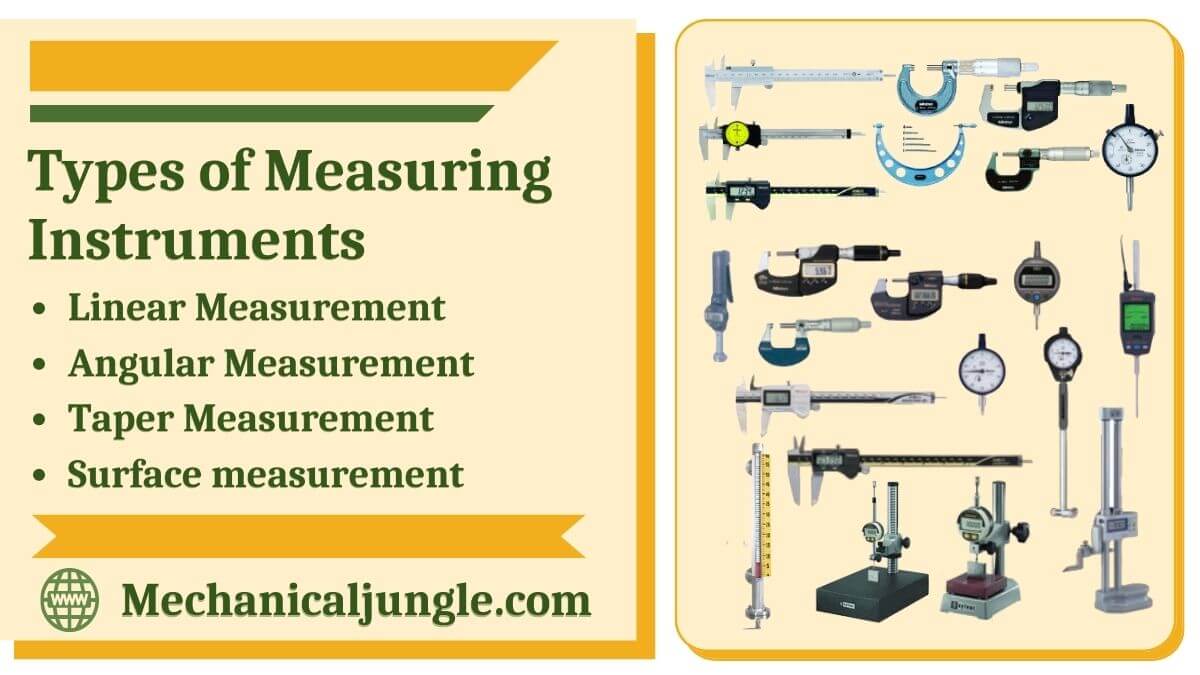

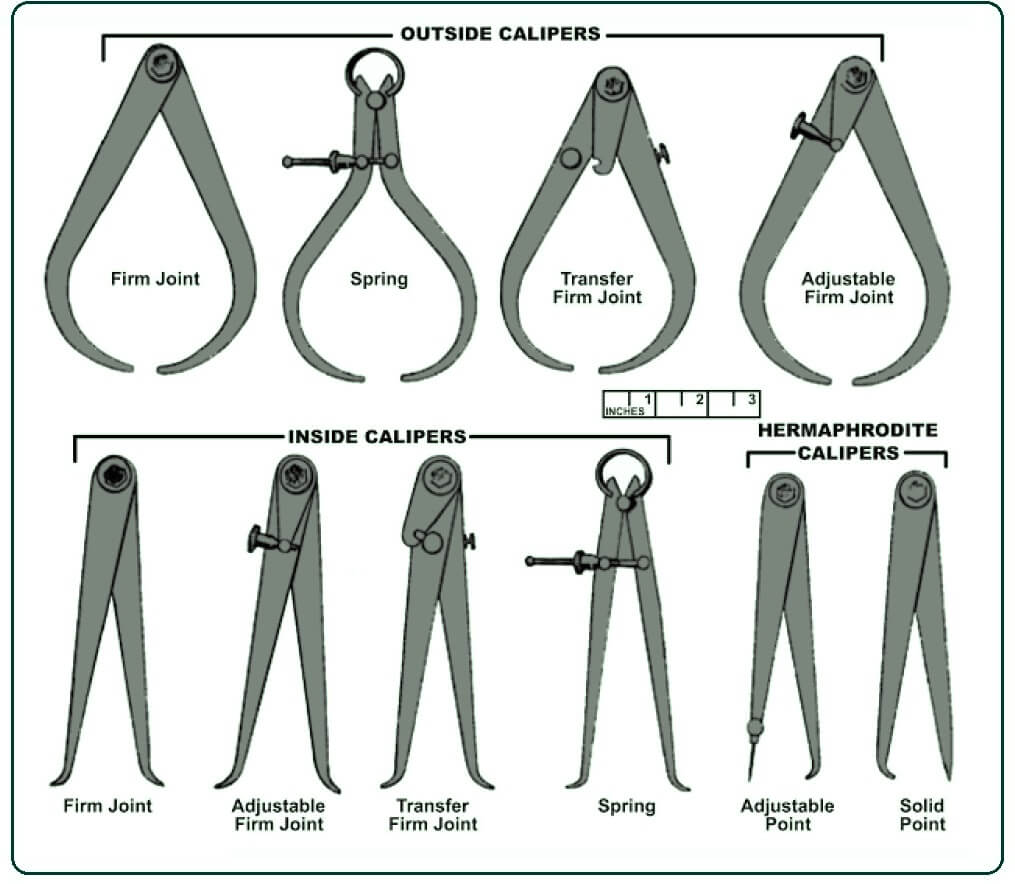
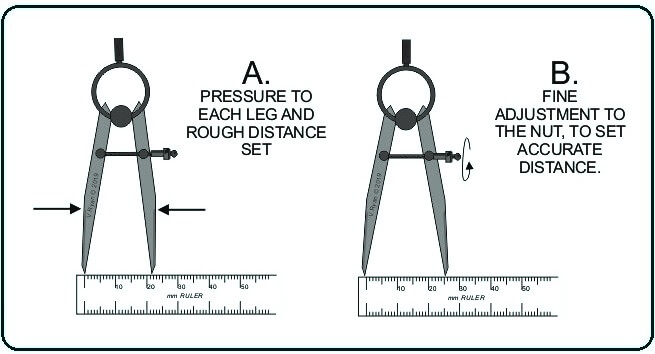
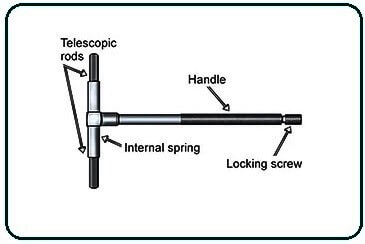
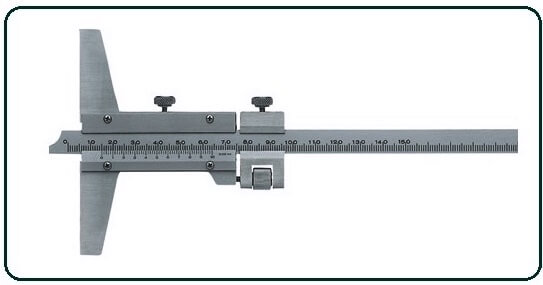

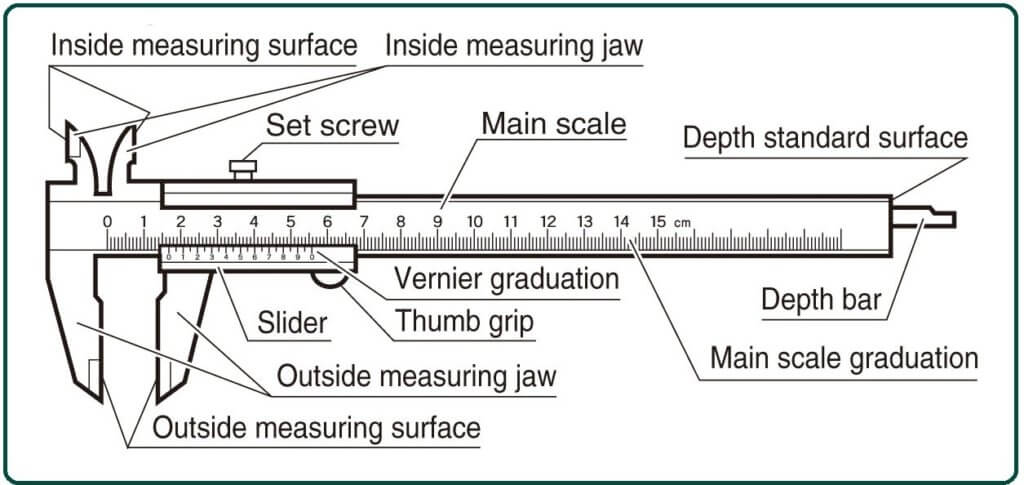
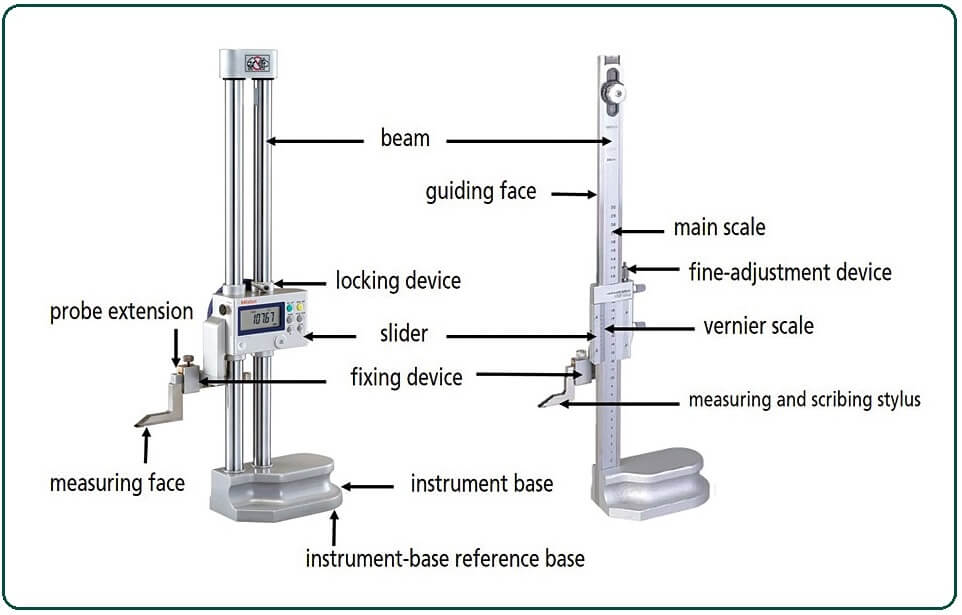
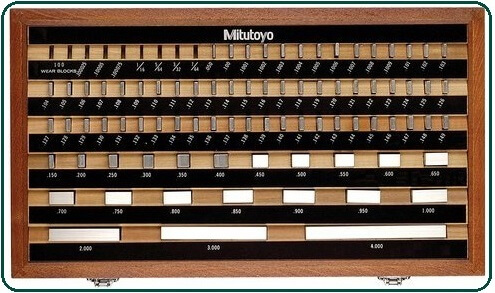
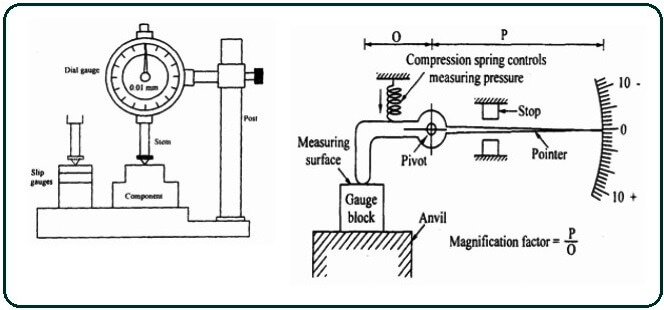
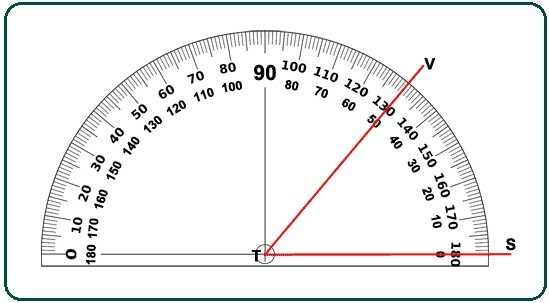
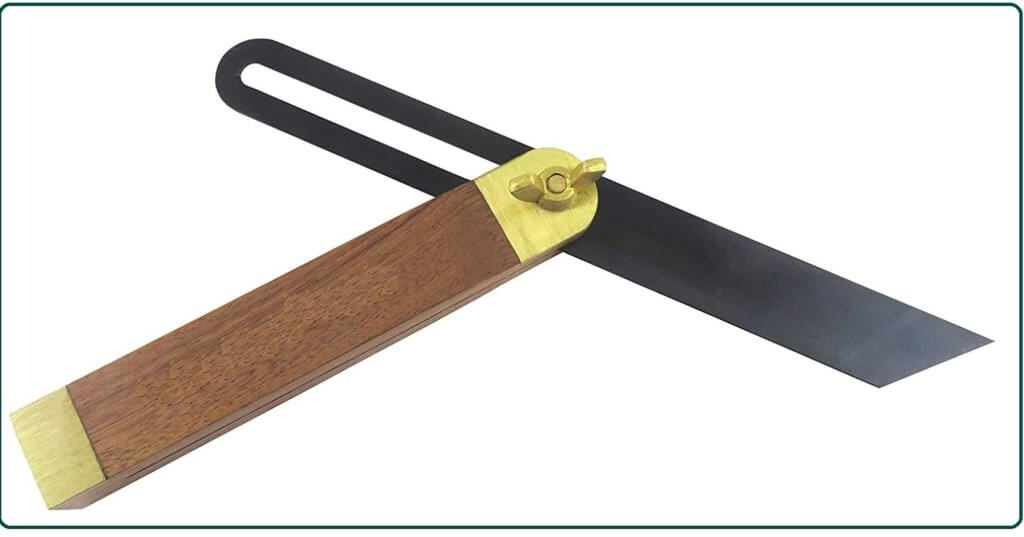
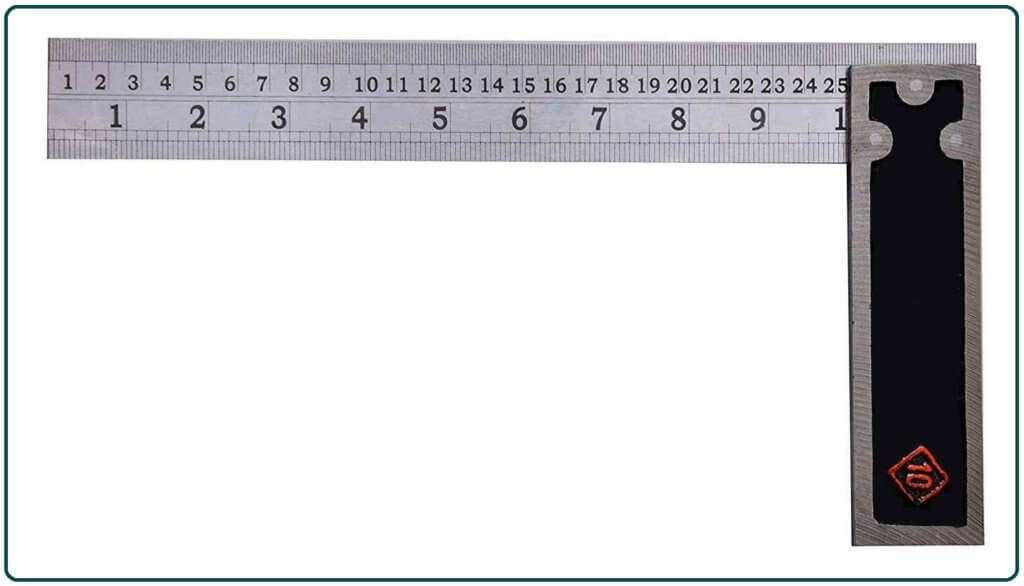
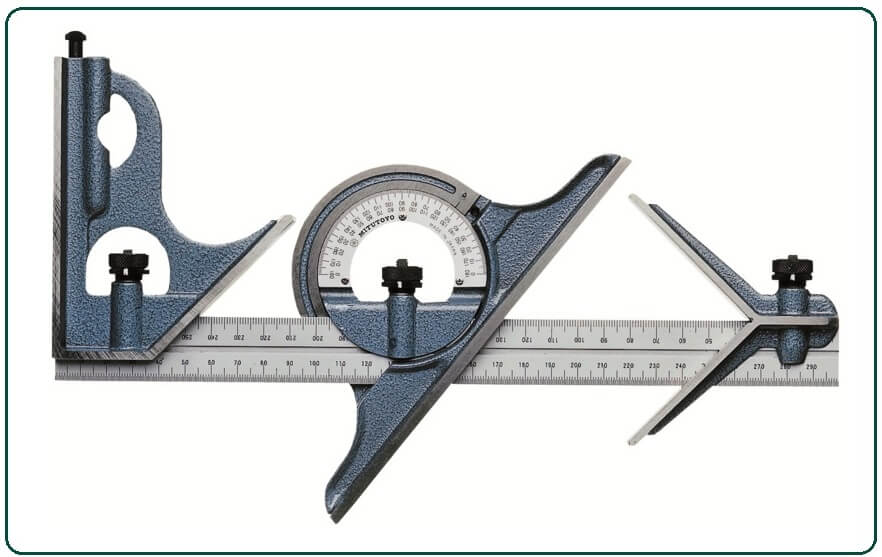
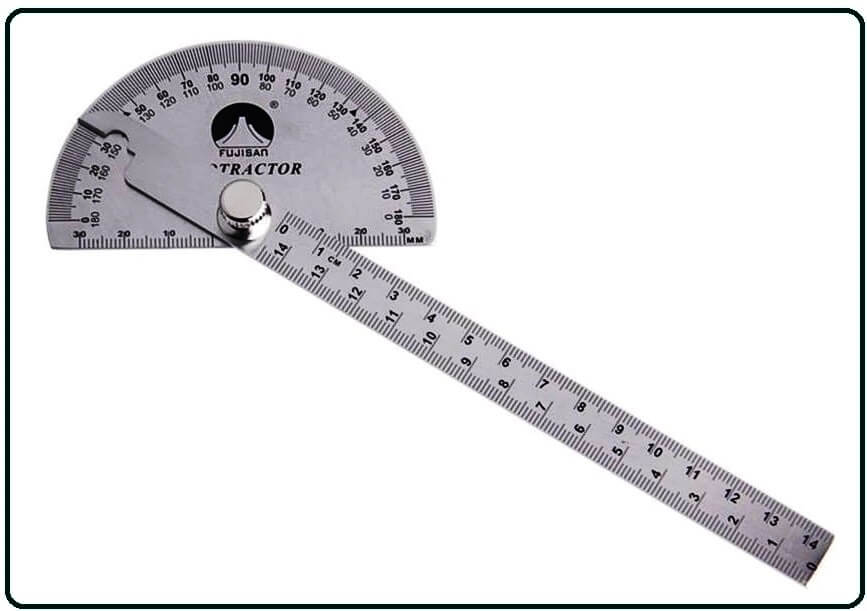
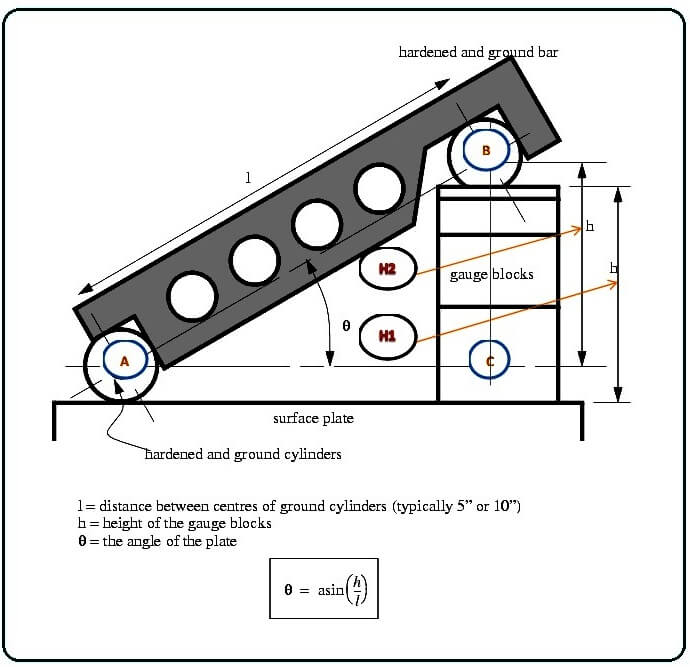
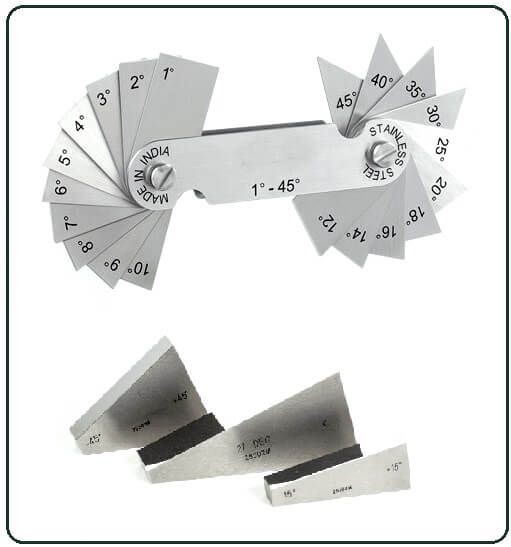

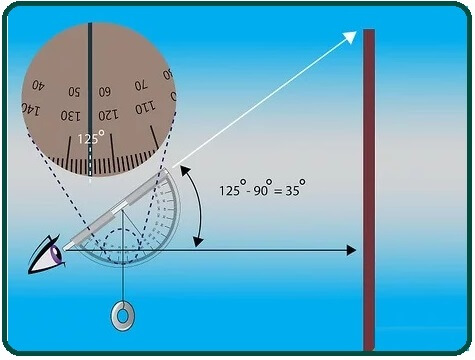
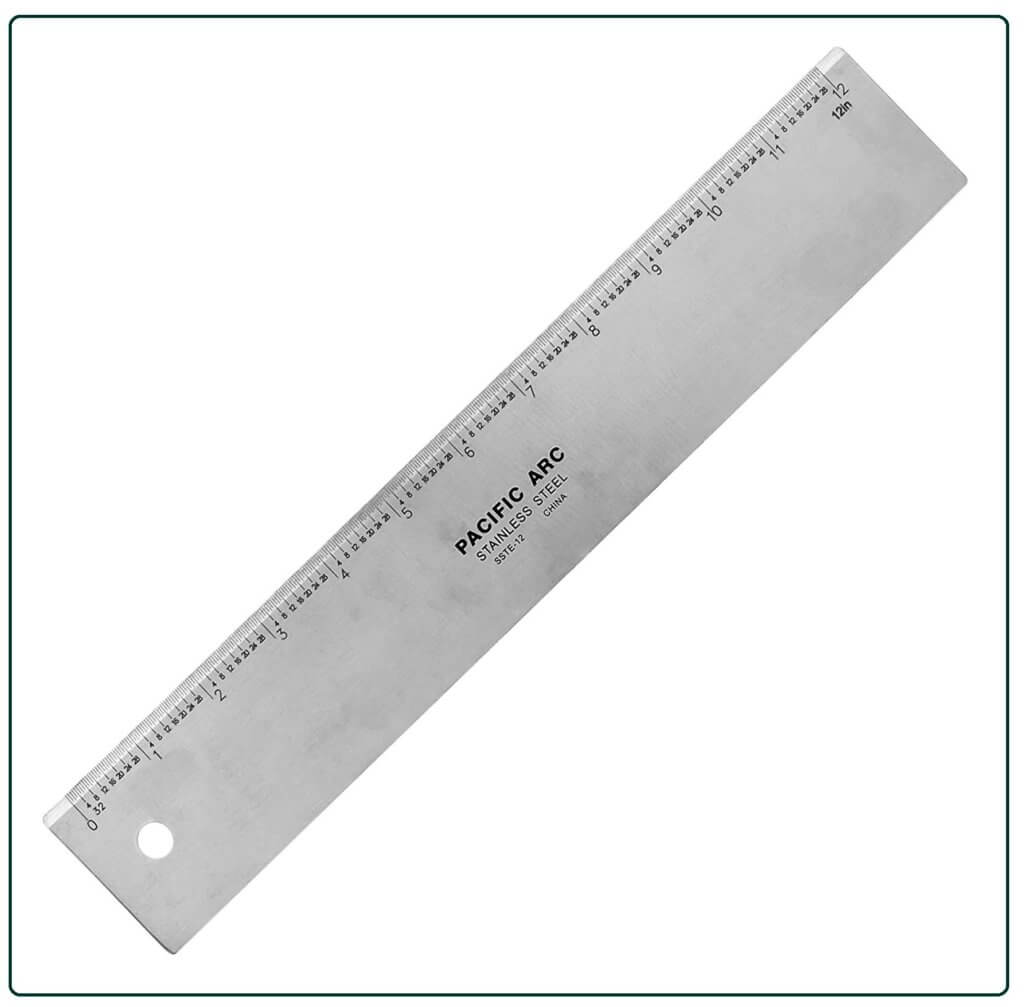

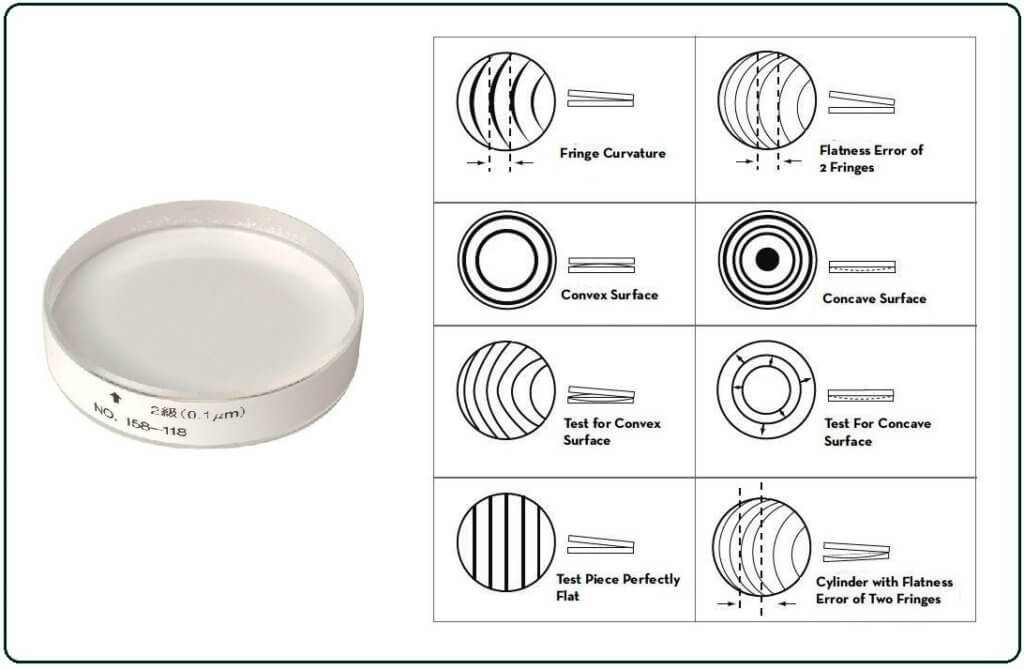

Leave a Reply